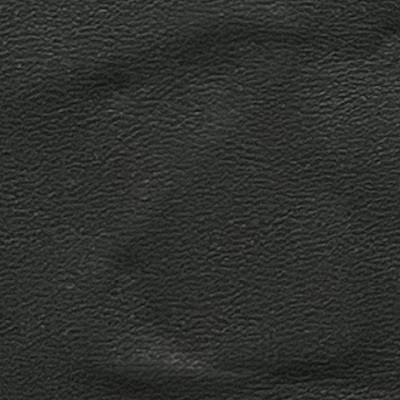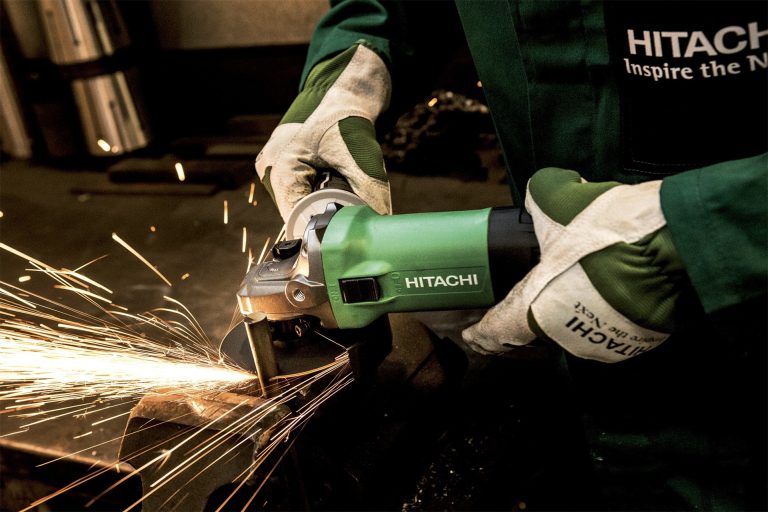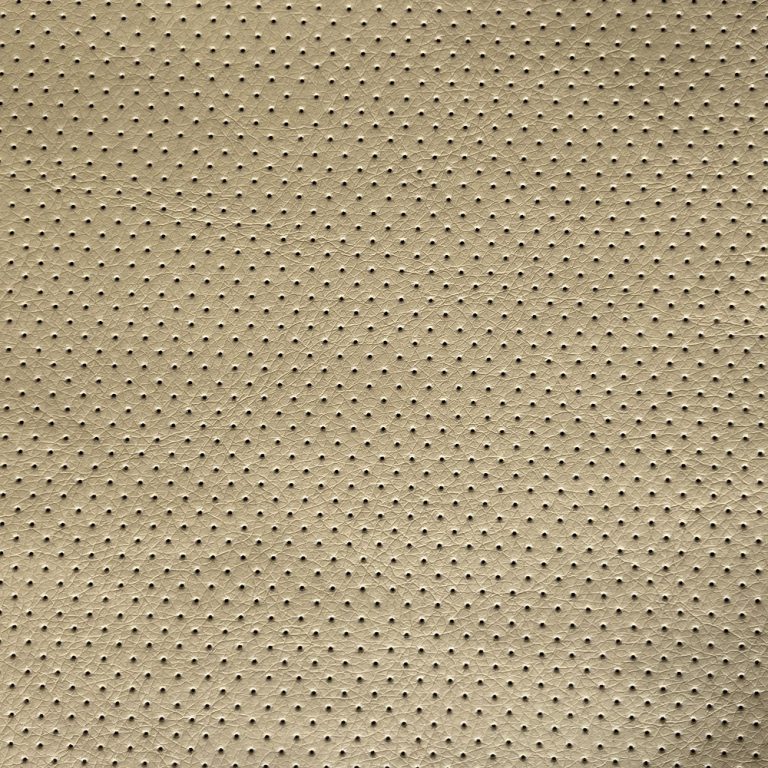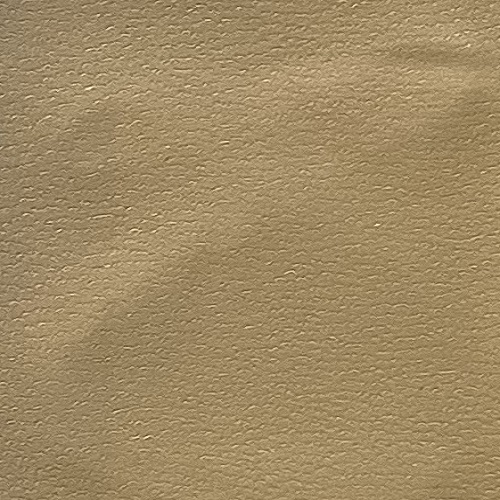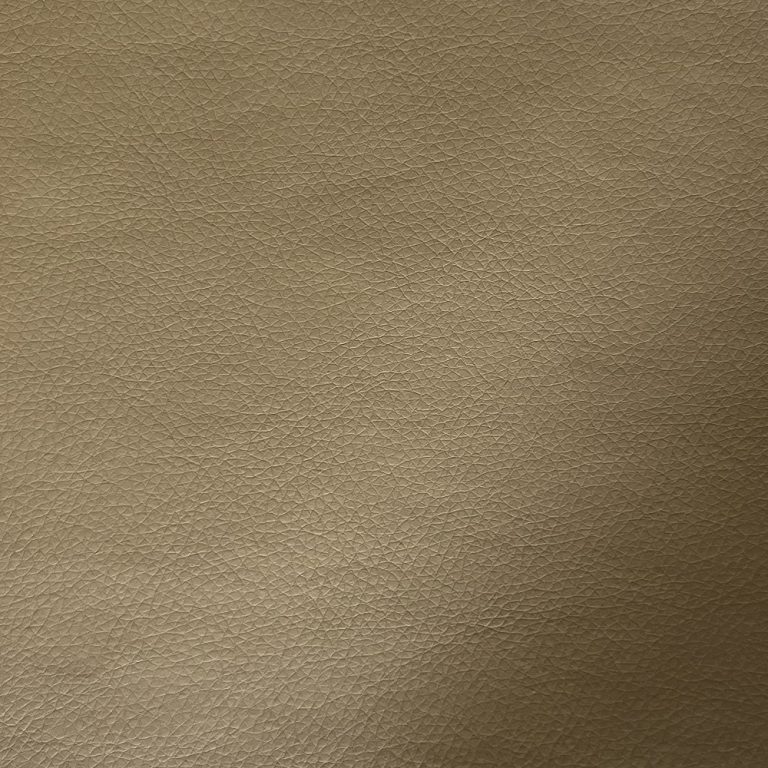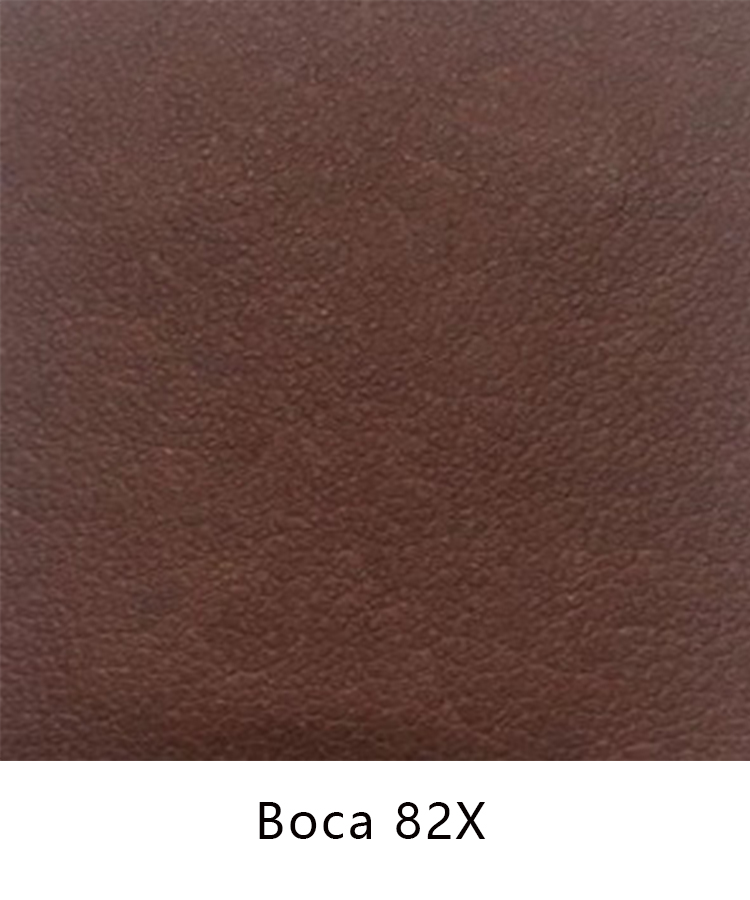Pros and Cons of PU Shoe Lining
Polyurethane, commonly referred to as PU, is a versatile material that is used in a variety of applications, including shoe lining. PU shoe lining has become increasingly popular in the footwear industry due to its durability, flexibility, and water-resistant properties. However, like any material, there are both pros and cons to using PU shoe lining.
One of the main advantages of PU shoe lining is its durability. PU is a synthetic material that is designed to withstand wear and tear, making it ideal for use in shoes that are subjected to daily use. PU shoe lining is resistant to abrasions and scratches, which helps to prolong the lifespan of the shoes. Additionally, PU shoe lining is flexible, allowing for greater comfort and ease of movement for the wearer.
| No. | Name |
| 1 | Inner shoe lining |
Another benefit of PU shoe lining is its water-resistant properties. PU is a non-porous material, meaning that it does not absorb water like natural materials such as leather. This makes PU shoe lining an excellent choice for shoes that are worn in wet or damp conditions, as it helps to keep the feet dry and comfortable. Additionally, PU shoe lining is easy to clean and maintain, as it can be wiped down with a damp cloth to remove dirt and debris.
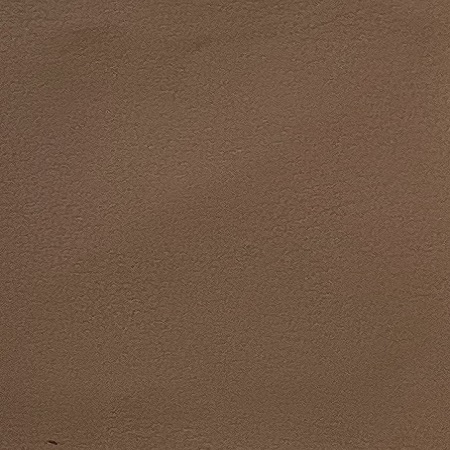
In addition to its durability and water-resistant properties, PU shoe lining is also lightweight. This makes PU shoe lining an excellent choice for athletic shoes, as it helps to reduce the overall weight of the shoe without sacrificing durability or comfort. The lightweight nature of PU shoe lining also makes it a popular choice for casual and everyday footwear, as it allows for greater ease of movement and comfort for the wearer.

Despite its many advantages, there are some drawbacks to using PU shoe lining. One of the main disadvantages of PU shoe lining is that it is not as breathable as natural materials such as leather. This can lead to increased sweating and discomfort for the wearer, especially in hot and humid conditions. Additionally, PU shoe lining may not provide the same level of insulation as natural materials, which can be a concern in colder climates.
Another potential downside of PU shoe lining is that it may not have the same luxurious look and feel as natural materials such as leather. While PU shoe lining can be designed to mimic the appearance of leather, some consumers may prefer the authenticity and prestige of genuine leather. Additionally, PU shoe lining may not age as gracefully as natural materials, as it can be prone to cracking and peeling over time.
In conclusion, PU shoe lining offers a number of benefits, including durability, water resistance, and lightweight construction. However, there are also some drawbacks to using PU shoe lining, such as reduced breathability and a less luxurious appearance compared to natural materials. Ultimately, the decision to use PU shoe lining will depend on the specific needs and preferences of the consumer. By weighing the pros and cons of PU shoe lining, consumers can make an informed decision about whether this material is the right choice for their footwear needs.

